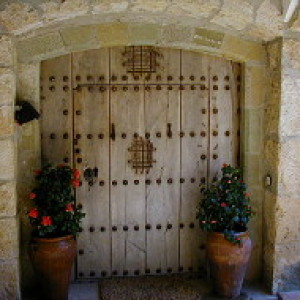When Christmas is finally over
We traditionally take down our decorations on the 6th January, stretching the 12 days slightly to cover the Reis and my birthday.
One of the last figures to go away is the Caganer, the essential element of any catalan nativity scene or pessebre. The best explanation I have found is this from Wikipedia:
In Catalonia, as well as in the rest of Spain and in most of Italy and Southern France, traditional Christmas decorations sometimes consist of a large model of the city of Bethlehem, similar to the Nativity scenes of the English-speaking world but encompassing the entire city rather than just the typical manger scene. In Catalonia, the pessebre or nativity scene is often a reproduction of a pastoral scene with a traditional Catalan masia (farmhouse) as a central setting with the child in a manger, with outlying scenes of a washerwoman by a river, a woman spinning, shepherds walking towards the manger area laden with gifts and herding their sheep, the three wise men approaching on horseback, an annunciation scene with the angel and shepherds, the star pointing the way, etc, all of this usually set on moss to represent grass, with cork used to represent mountains or cliffs. Another variant is to make the setting oriental, with the wise men arriving by camel and the figures dressed accordingly.
The Caganer is a particular and highly popular feature of modern Catalan nativity scenes. It is believed to have entered the nativity scene by the late 17th-early 18th century, during the Baroque period. The eminent folklorist, Joan Amades, called it an essential piece and the most popular figure of the nativity scene. It can also be found in other parts of southwestern Europe, including Murcia, the region just south of the Valencia in Spain (where they are called cagones), Naples (cacone or pastore che caca) and Portugal (cagões). There is a sculpture of a person defecating hidden inside the cathedral of Ciudad Rodrigo, Province of Salamanca, though this is not part of a nativity scene. Accompanying Mary, Joseph, Jesus, the shepherds and company, the caganer is often tucked away in a corner of the model, typically nowhere near the manger scene. A tradition in the Catalan Countries is to have children find the hidden figure.
The most common explanation I am given is that the Caganer is a symbol of fertility, and as Catalonia was essentially a rural peasant economy it makes sense to have your nativity scene with its integral fertilising figure.
Although ours is a traditional figure of a rural peasant with typical catalan barratina on his head, you can find figures modelled on all manner of personalities, Jordi Pujol, Messi, The King of Spain, Arturo Mas and many others can all be found.
Perhaps we could import the tradition to Scotland , who would be your choice for the Mcaganer ?
- 0
- 0
- Apple iPhone 4S
- 1/20
- f/2.4
- 4mm
- 125

Comments
Sign in or get an account to comment.


